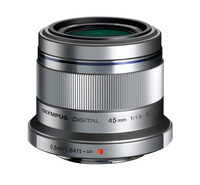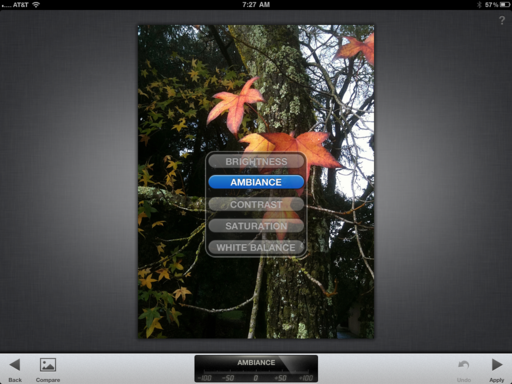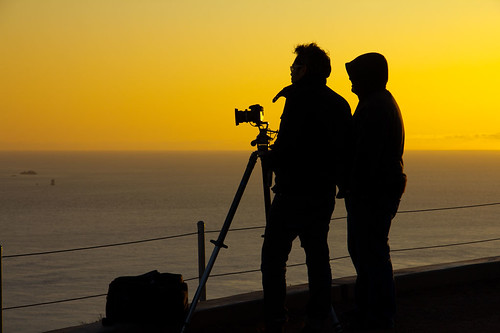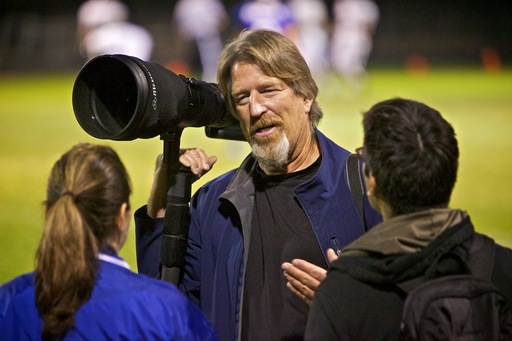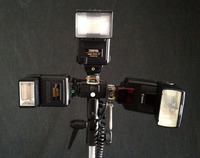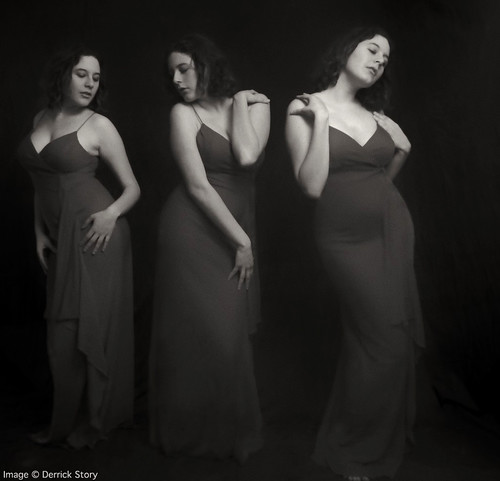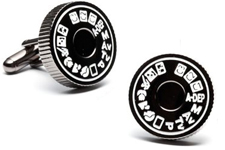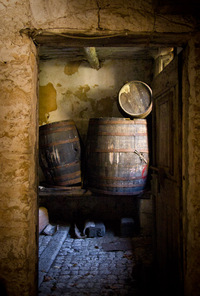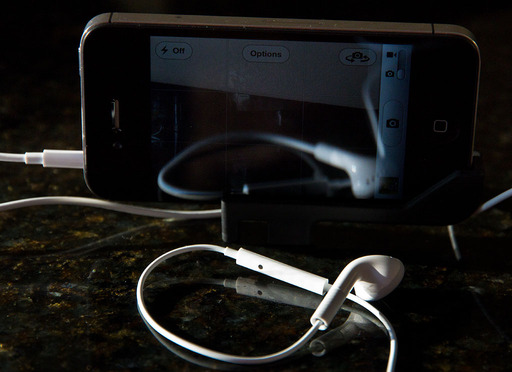I packed the new Olympus 45mm f/1.8 prime lens for a high school basketball game to see if could keep up with the action. The glass was mounted on an Olympus PEN Miniusing the VF-2 Electronic Viewfinder
instead of the LCD to compose the shots.
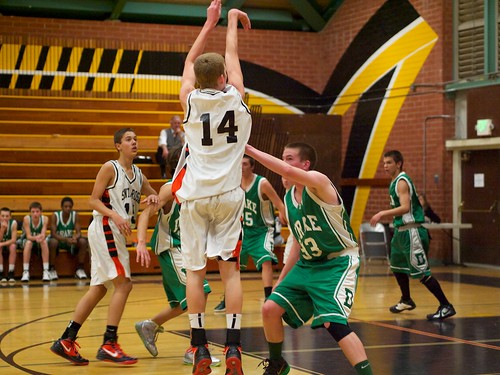 Jump shot captured the the Olympus PEN Mini and 45mm f/1.8 prime lens. Photo by Derrick Story.
Jump shot captured the the Olympus PEN Mini and 45mm f/1.8 prime lens. Photo by Derrick Story.
At first, you might think this is an odd rig for action photography. I can tell you, it's actually quite impressive. The focusing is blazing fast with this camera/lens combination -- and by any standard, not just within the world of compact system cameras. Plus, I had 5 fps for burst mode. And to be honest, it felt faster than that.
I set the ISO to 1600 and shot wide open or at f/2 for the entire game, and the resulting images were crisp and clean. You can see a gallery of 10 shots here to give you a better feel for this lens in action.
I had read user reviews of this lens, and everyone said that "you would not regret this purchase." Very seldom that you see such wide agreement about optics. But I'm adding my voice to the chorus. The $399 Olympus 45mm f/1.8 prime is now my favorite Micro Four Thirds lens. Fast, sharp, and affordable.
Find great deals at the TDS Photography Store on Amazon.
